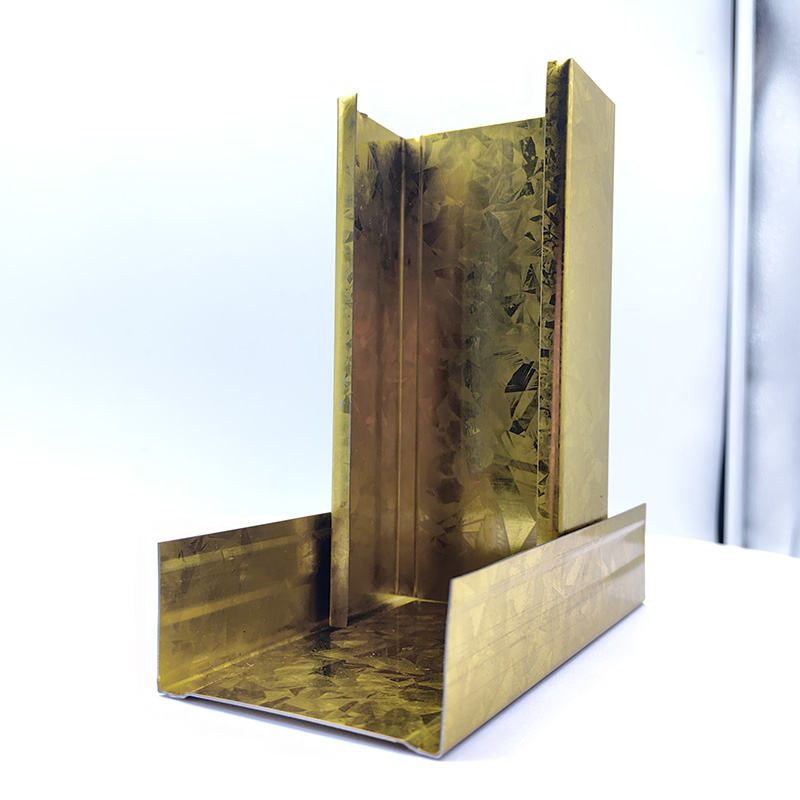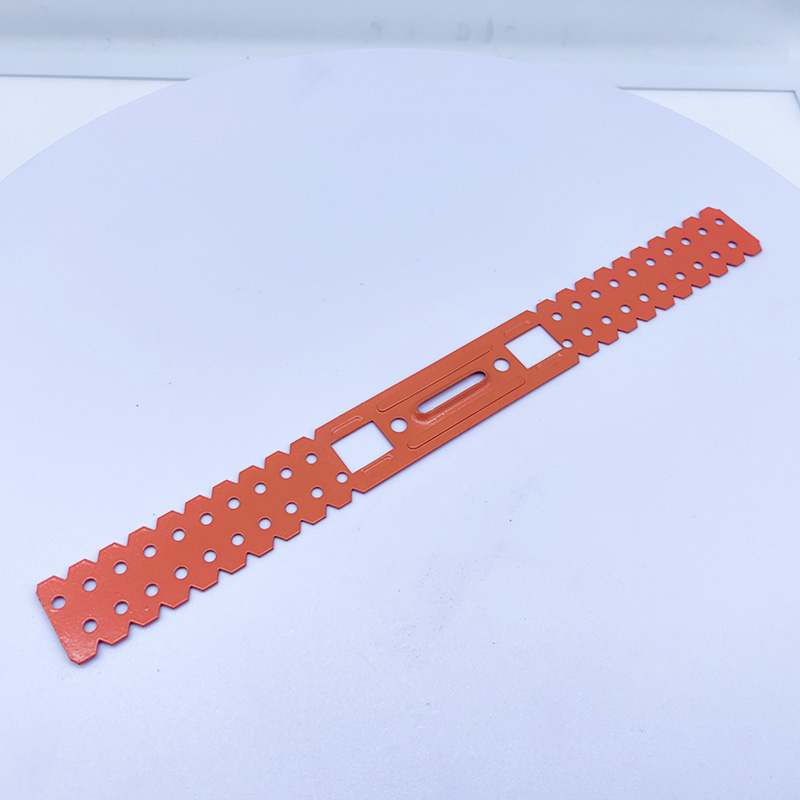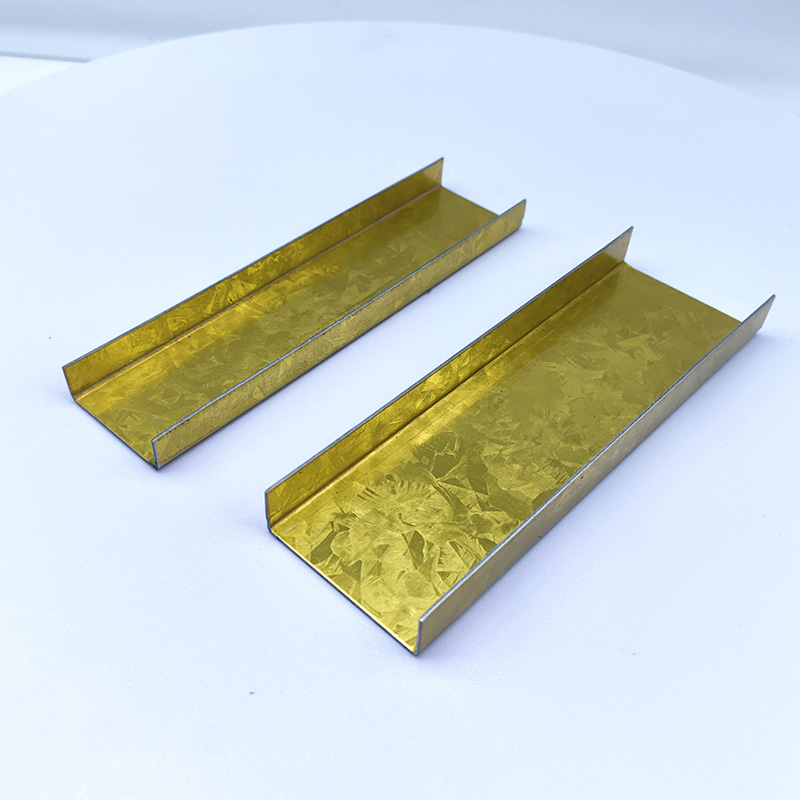The Advantages of Light Steel Walls: An Efficient Choice for Modern Architecture
2025-01-26 16:19:47
1. Introduction
In the field of modern architecture, light steel walls, with their unique structure and remarkable advantages, are gradually becoming a popular choice in the construction industry. As an innovative building material, light steel walls not only revolutionize traditional building materials but also become an efficient choice for modern construction due to their high efficiency, environmental friendliness, and flexibility. This article will explore the specific advantages of light steel walls and help readers understand the application and value of this building material in modern architecture.
2. What Are Light Steel Walls?
Light steel walls are a wall system composed of a lightweight steel frame, with panels made of gypsum board or other lightweight materials, and combined with filling materials (such as rock wool, glass wool, etc.). This wall structure is lightweight, strong, seismic-resistant, and has good environmental performance. The design of light steel walls makes buildings more flexible, capable of meeting a wide variety of architectural needs.
3. Advantages of Light Steel Walls
Lightweight Structure and Easy Construction
The lightweight nature of light steel walls significantly reduces the load on the building structure, making the construction process more efficient. Compared to traditional wall materials, light steel walls have a shorter construction cycle, saving labor and costs. Moreover, the assembly method of light steel walls reduces noise and pollution at the construction site, enhancing the comfort of the construction environment.
High Strength and Seismic Performance
The high-strength characteristics of light steel walls provide strong support for the building structure. The frame, made of light steel, can bear large loads, ensuring the stability of the building. Additionally, light steel walls excel in seismic performance, effectively dispersing seismic forces during an earthquake, reducing structural damage, and protecting occupants' safety.
Energy Efficiency and Environmental Friendliness
The high recyclability of light steel wall materials aligns with modern architectural environmental concepts. Furthermore, light steel walls offer excellent thermal insulation, effectively reducing energy consumption and improving building energy efficiency. In an era when energy saving and emission reduction are global priorities, light steel walls undoubtedly provide strong support for the green development of the construction industry.
Design Flexibility and Aesthetics
Light steel walls offer great flexibility in architectural design. Their lightweight structure allows designers to easily implement a variety of design schemes that meet modern demands for aesthetics and personalization. Additionally, light steel walls can integrate with various decorative materials and styles, creating unique spatial and visual effects.
Soundproofing and Thermal Insulation
The soundproofing and thermal insulation characteristics of light steel walls are significant, making them suitable for a variety of building environments. The combination of filling materials and panels effectively blocks the transmission of sound and heat, providing a quiet and comfortable indoor environment. Compared to other wall materials, light steel walls perform even better in soundproofing and thermal insulation.
Durability and Low Maintenance Costs
Light steel walls possess excellent durability and corrosion resistance, maintaining stability over long periods of use. This greatly reduces maintenance costs for the building and extends its service life. Moreover, the easy maintenance of light steel walls makes building upkeep more convenient and efficient.
4. Applications of Light Steel Walls in Modern Architecture
Residential Buildings: Light steel walls are suitable for residential communities, villas, and other housing, enhancing living comfort and reducing energy consumption.
Commercial Buildings: In office buildings, shopping malls, and other commercial structures, light steel walls create open, modern spaces that enhance both aesthetics and functionality.
Public Buildings: Public buildings such as schools and hospitals require high safety and energy efficiency, and light steel walls, with their strength, seismic resistance, and energy-saving qualities, make an ideal choice.
5. Limitations of Light Steel Walls
Despite their many advantages, light steel walls have certain limitations. For example, while light steel walls save construction time, the initial investment may be higher. Additionally, in extreme climatic conditions or with specific building requirements, additional materials or design optimizations may be needed to ensure the performance and stability of the walls.
6. How to Optimize the Design and Application of Light Steel Walls
Material Selection: Choose appropriate panels and filling materials based on the building's needs and climate conditions to enhance soundproofing and thermal insulation.
Structural Design: Ensure a secure connection between the frame and panels through proper design and construction to improve the overall performance of the wall.
Environmental Sustainability: Incorporate more environmental concepts into the design process, such as using renewable materials and optimizing energy consumption, to enhance the sustainability of light steel walls.
7. Conclusion
In conclusion, light steel walls, with their lightweight structure, easy construction, high strength and seismic performance, energy efficiency, design flexibility, soundproofing and thermal insulation properties, and low maintenance costs, have become an efficient choice for modern architecture. As the construction industry continues to evolve and demands for building quality increase, light steel walls will play an important role in the future development of the building sector. We encourage readers to consider the application of light steel walls in architectural design and construction, contributing to the modernization and sustainable development of the construction industry.

A Double Anti-Rust Gold Partition Wall Stud is a type of steel stud commonly used in the co...

A CD UD Profile Furring Clip U Clamp is a type of metal fastening component used in the ins...

A 60mm Ceiling Grid refers to a type of suspended ceiling system, commonly used in commerci...

38mm Main Tee and 50mm Main Tee refer to the widths of the main tee profiles used in suspen...

